CLASSIC CAR T-SHIRT PRINTS
OUR BEST SELLING CHAMPION T-SHIRTS ARE BACK IN STOCK
THE ORIGINAL & THE BEST SINCE 2017
New Gallery - Special Purpose Vehicles
Police cars, taxicabs, ambulances and hearses - cars no city can do without. Here we look back at some iconic specialty vehicles from the 1950s to the 1980s. Take a trip back in time to see if you recognise any of these special purpose vehicles either from movies, tv shows, or the streets of your own childhood.
The undisputed musical genius behind The Beachboys, Brian Wilson wrote unforgettable songs about what it was like to be young in Southern California in the 1960s. Surfing, good times, girls, and cars. With hits like “409,” “Little Deuce Coupe,” and “Fun, Fun, Fun,” Wilson and his collaborators sold the dream of Southern California to the world. Here were look back at some of the Beachboys best remembered car songs as we pay tribute to Brian Wilson who passed away on June 11 this year.
Few cars capture the essence of 1960s American style quite like the 1963–1965 Buick Riviera. The Riviera was Detroit’s bold answer to Europe’s most exclusive grand tourers—and it turned heads everywhere it went. Beloved by icons like Elvis Presley, this car wasn’t just a mode of transportation—it was a statement. Discover why the Riviera still stands as a design masterpiece decades later.
The Hudson Hornet, a car that dominated NASCAR racing in the early 1950s, served as the inspiration for Doc Hudson in the Disney/Pixar classic Cars.
If you had to pick your ten favourite movie cars - what would they be? Even if your choices are different, we’re sure you’ll agree on one thing - we’ve chosen some iconic and ultra-cool cars that have featured in some of the best popular movies of the mid-to-late 20th century. It’s no easy task, but we whittled it down to ten (well - actually eleven) Read on to find out which cars made the cut, and why we chose them.
The hottest thing at the box office in years, the Barbie Movie has raised awareness of the first generation ‘C1’ Corvette as driven by Margot Robbie as Barbie. But is it really a Corvette? We take a look at the car chosen by the production team to be the Barbie movie car - the 1956 Corvette.
Humans have always been attracted to the sea but surfing was and is, for many, a mystical experience - about as close as one can get to a true communion with the rhythm of mother earth. And the trip to and from the beach with friends, wind in the hair and the road slipping by underneath - that was pretty cool too. Tunnel Ram has put together a short tribute to the beautiful relationship between cars and surfing…
Elvis Presley owned so many incredible cars that it’s all but impossible to know exactly how many he bought over his lifetime. Here we look back on some of his most iconic and memorable cars including several of his Cadillacs.
The amazing Mako Shark II show car debuted in 1965 and inspired the stunning 1968 third generation Corvette Stingray. It also introduced futuristic innovations that would appear on production cars for years to come. Read on to find out more about the Mako Shark II.
For car lovers, there’s plenty of scenery to watch out for as the film moves from one exotic locale to another. Starting in the late 1970s and covering roughly twenty years - House of Gucci features a veritable cavalcade of wonderful cars highly prized both then and now.
There have been several TV shows over the years where the car was as big a star as the actors. Some cars were made especially for the show like the Batmobile, Munster Koach, KITT and Monkeemobile, while others were straight off the showroom floor.
Here we look back on ten of the very best, most loved and iconic TV cars of all time. Enjoy!
For lovers of James Bond movie cars we’ve put together the authoritative history over sixty years of the famous franchise. Every Bond car in chronological order all the way up to 2021’s No Time To Die.
For lovers of James Bond movie cars we’ve put together the authoritative history over sixty years of the famous franchise. Every Bond car in chronological order from Dr No (1962) all the way up to 2021’s No Time To Die.
CAR LIFE magazine road test of the new 1965 Thunderbird. Whilst ostensibly the same as the ‘64 model, the new ‘65 Tbird had an ace up it’s sleeve - front disc brakes. That might not seem anything special today - but back in the mid ‘60s it was a game changer…
Did you know Holdens were sold in South Africa during the 1960s and ‘70s? They didn’t have a Holden badge though - replaced by the Chevrolet name and famous bowtie logo. They also had Chevy engines. Read on to find out more about the African Holden-Chevs.
On a lonely graveyard shift 20 years ago I came across an incredible story on an obscure, now defunct website. Written in the vein of a Stephen King short story - it purported to be the origin of the infamous Darwin-award winning rocket car myth…
Southern California surf culture turned the humble woody wagon in to a pop culture icon. Originally just a cheap and convenient way for teenagers to get surfboards to the beach, thanks to songs by the likes of the Beachboys and Jan and Dean - surf culture, and by extension the woody wagon - became instantly hip!
Maker of the infamous DMC-12 gullwing sports car of the early 1980s, the DeLorean name will forever be associated with failure and scandal. Which is a shame, because prior to getting caught in an FBI drug sting, John DeLorean had been a shining light in the US automotive industry.
Though not strictly performance cars, the personal luxury car had serious horsepower. Whilst acceleration was always respectable, the personal luxury car's forté was effortless cruising – a long-distance mile-eater rather than stoplight dragster.
General Motors has announced the closure of Holden as a business from 2021. Effectively, Holden was terminal when local production ceased in 2017. All GM have done is announce they will be switching off life support.
This wasn’t just any fastback - it was a 1968 S-code 390 GT 4 speed. If you don’t know your Mustangs - that’s about as good as it gets
Cadillac was once truly the ‘standard of the world’ as their ads boasted. But it was no boast - they really were one of the most exclusive, and innovative marques in the world. We look back at Cadillac’s technical innovations and look at some of the reasons for its’ decline as a world class car.
Ford V Ferrari - The background you should know about the Movie, the rivalry and Le Mans. A 1960s car magazine accurately described Le Mans as “a four hour sprint race followed by a 20 hour death watch” and “probably the most dangerous sporting event in the world”.
When the last Commodore rolled off the production line in October 2017, it not only signalled the end of Aussie car production, it also meant the death of the iconic locally built station wagon. In this article we look back at half a century of the great Australian family car.
There may have been chase scenes before, but nothing before or since has equaled the intensity and impact of BULLITT. Over the years, fans have asked questions about the two cars used in the movie, a 1968 Dodge Charger and a 1968 Mustang 390 GT. Of all the musclecars offered in the late sixties, why were these two cars chosen, and how were they modified to survive the torturous driving?
With her husband away delivering produce, the farmer’s wife invited us to sleep in a spare room, but not before making us sit up with her as she breast-fed her baby and smoked marijuana from a bong made from two coconuts with a giant bamboo stem.
Art Fitzpatrick and Van Kaufman created what is arguably the finest automotive artwork ever produced when hired by Pontiac from the late ‘50s to early ‘70s. Read on for the story behind these incredible ‘mad men’ artists.
Bad publicity killed off the best handling, most advanced car in America, the rear engine Chevy Corvair. Why?
When you set a movie in 1969 Los Angeles, you better have the cars to back it up, and Once Upon a Time in Hollywood does that in spades.
There’s been many theories on what Ltd stood for when Ford began using the term as a nameplate for its prestige models from the mid 1960s…
For lovers of James Bond movie cars we’ve put together CARS OF BOND - the authoritative history over sixty years of the famous franchise. Every Bond movie car in chronological order from Dr. No (1962) all the way up to 2021’s No Time To Die.
The Woody Wagon - pop culture icon
The iconic American woody (or woodie) wagon dates back to the very beginning of automobile manufacture when car frames were originally made of timber. As metal took over and timber content diminished throughout the 1920s - certain models stubbornly refused to go all-metal.
Glamor, Style & Power: America's Personal Luxury Cars
Though not strictly performance cars, the personal luxury car had serious horsepower. Whilst acceleration was always respectable, the personal luxury car's forté was effortless cruising – a long-distance mile-eater rather than stoplight dragster.


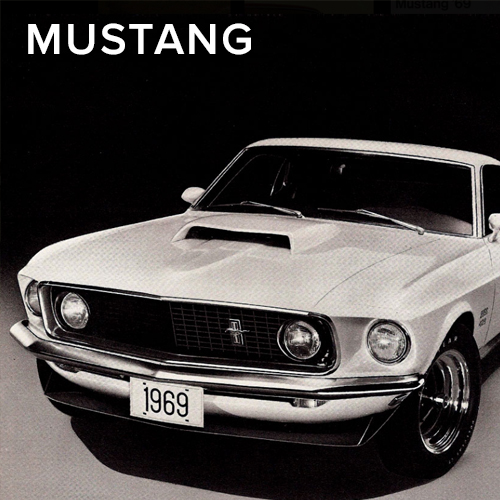
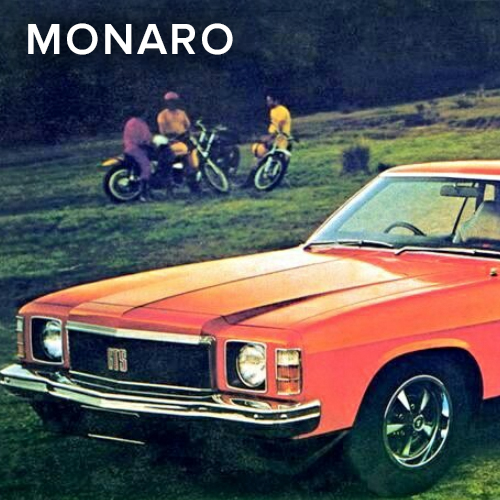
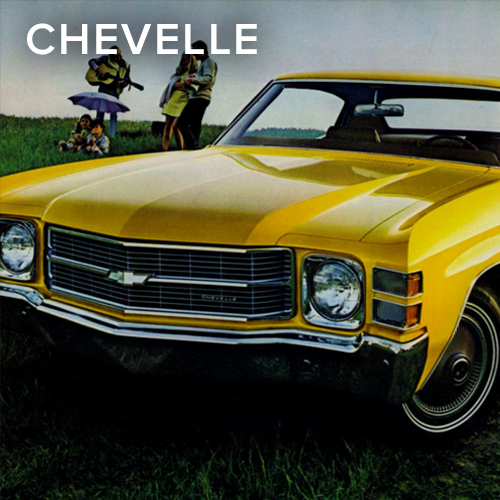
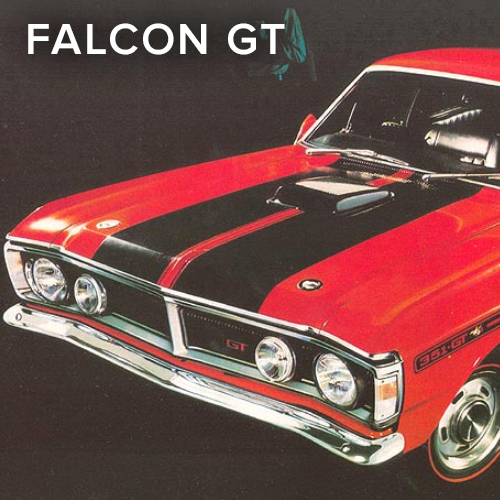
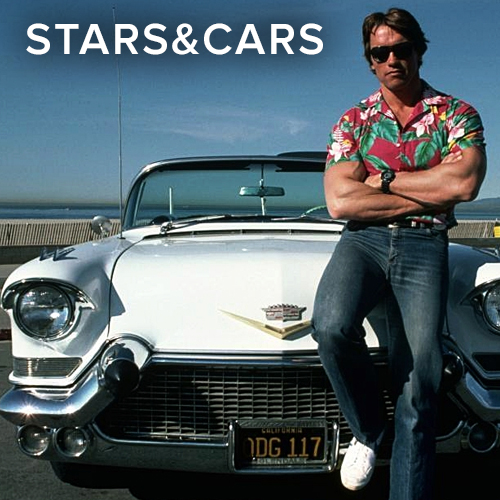
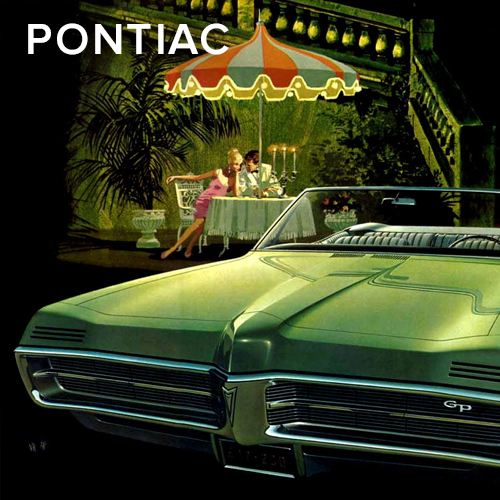
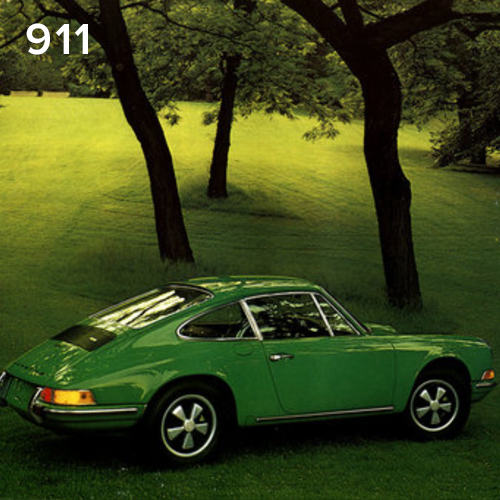
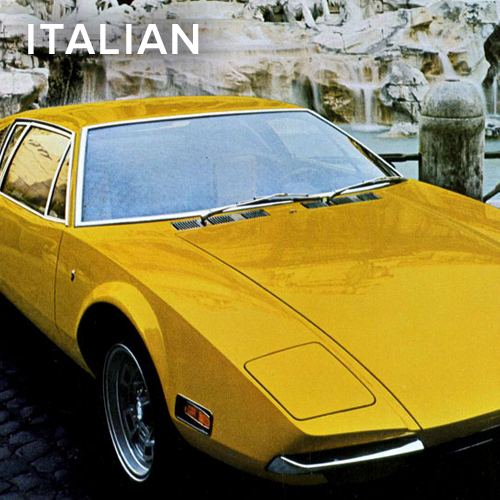
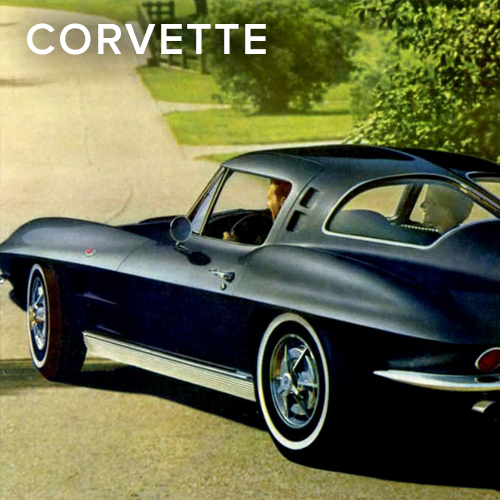
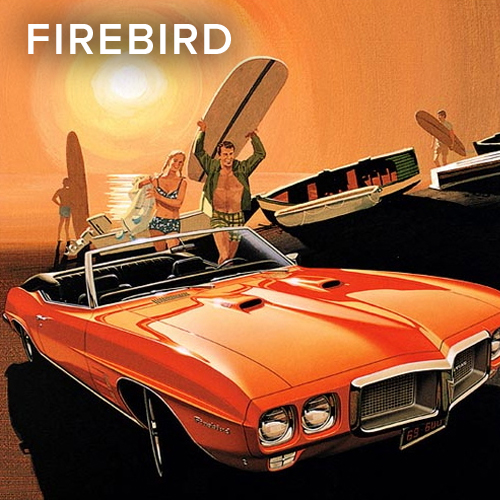
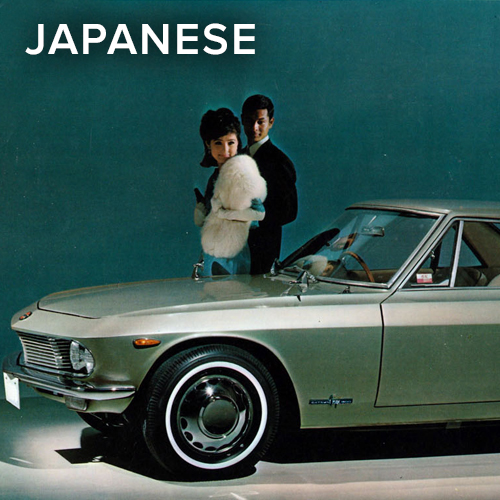
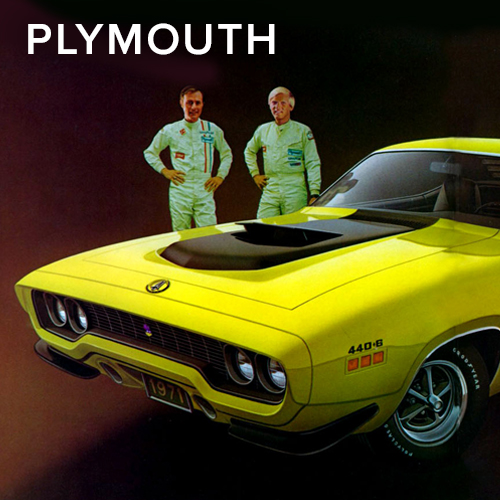
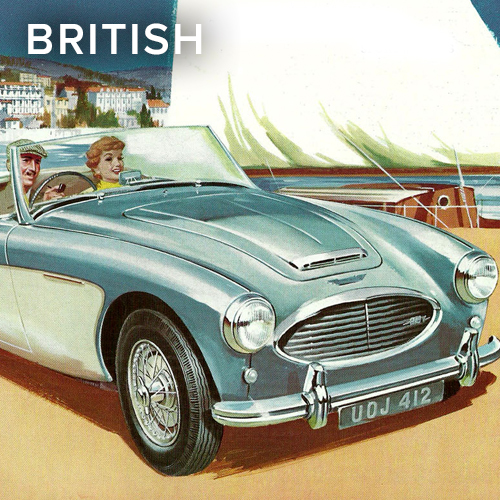
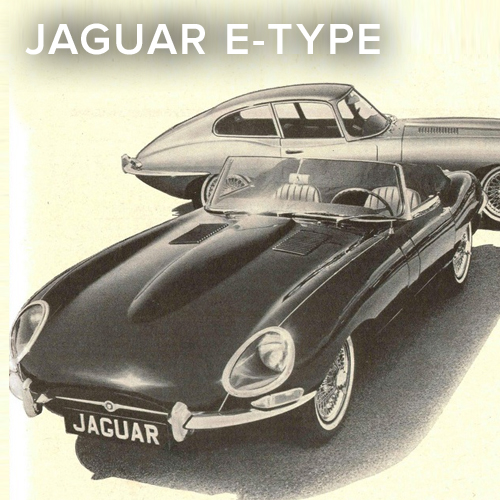
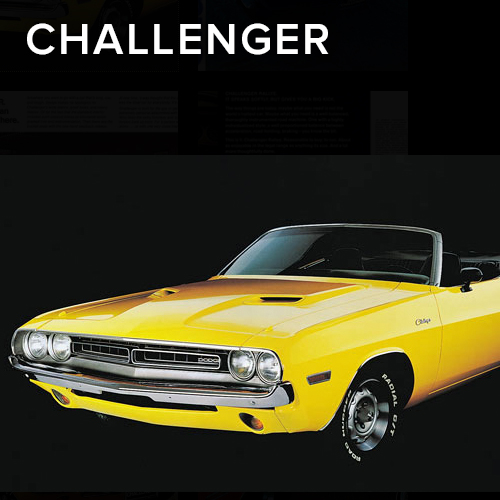
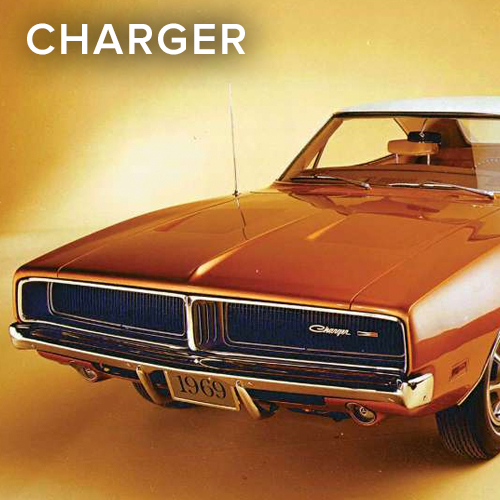
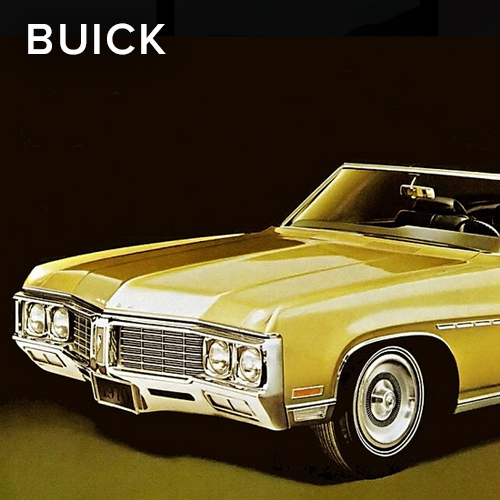

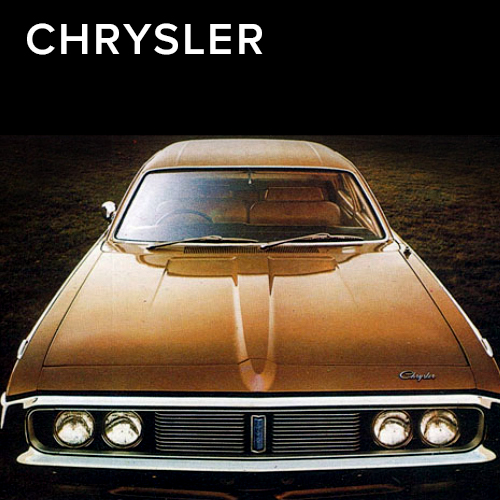

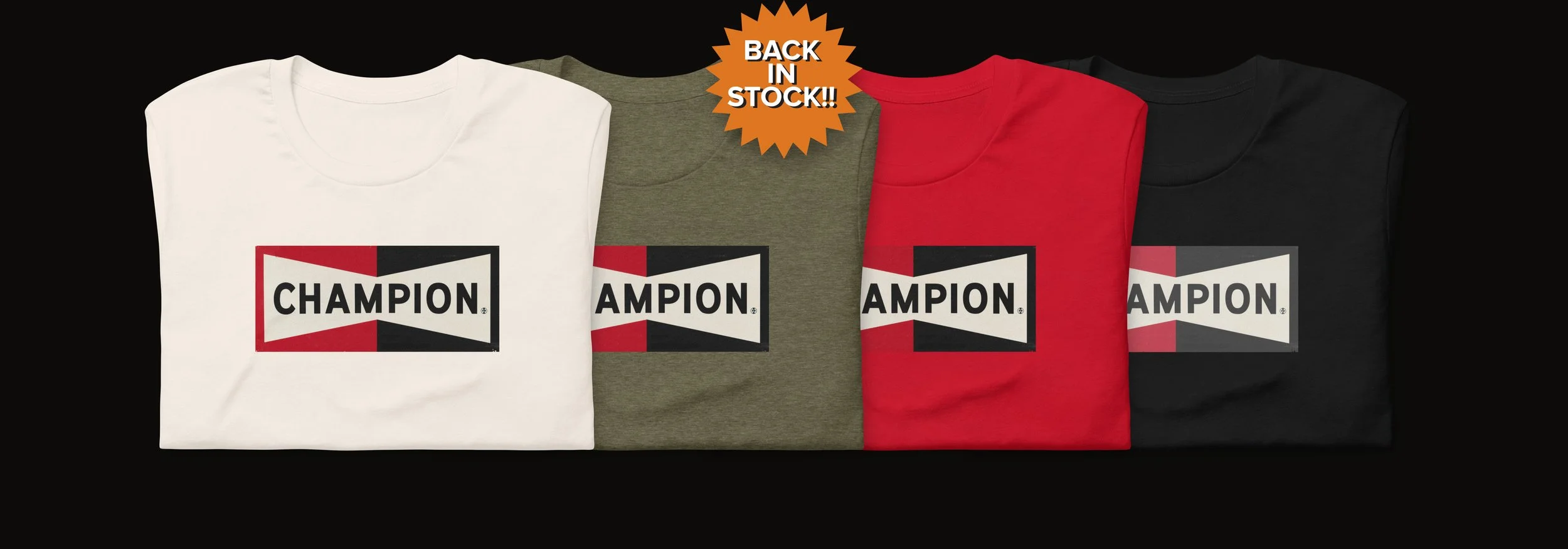






































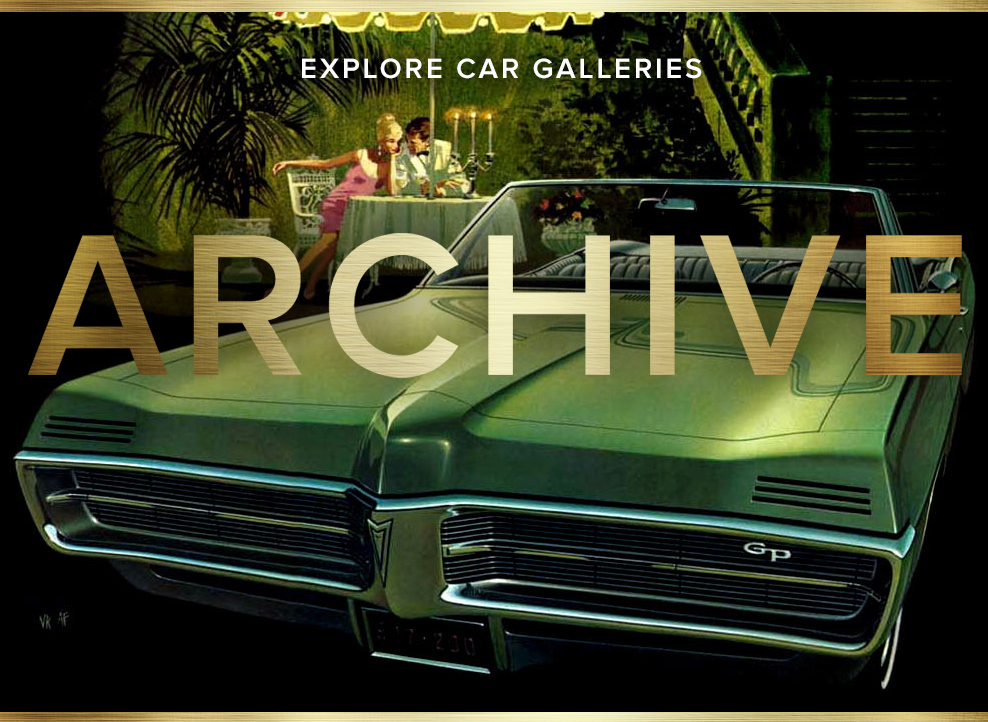
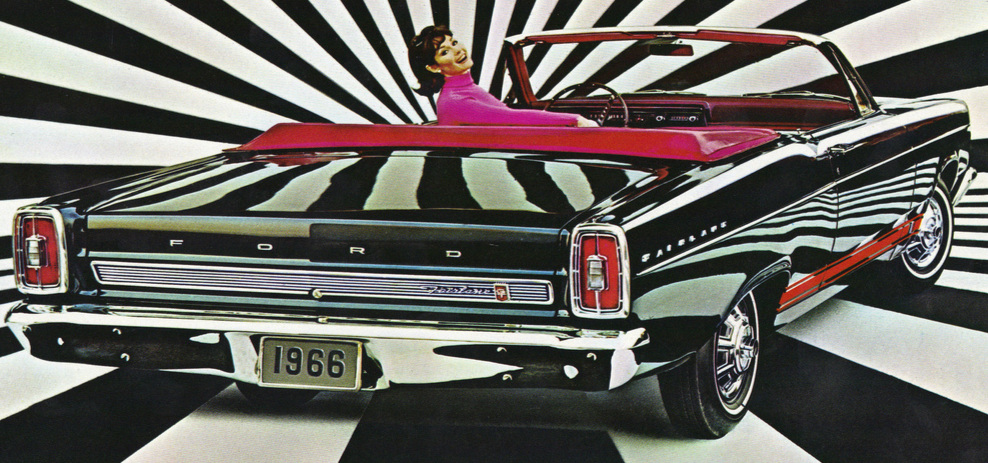
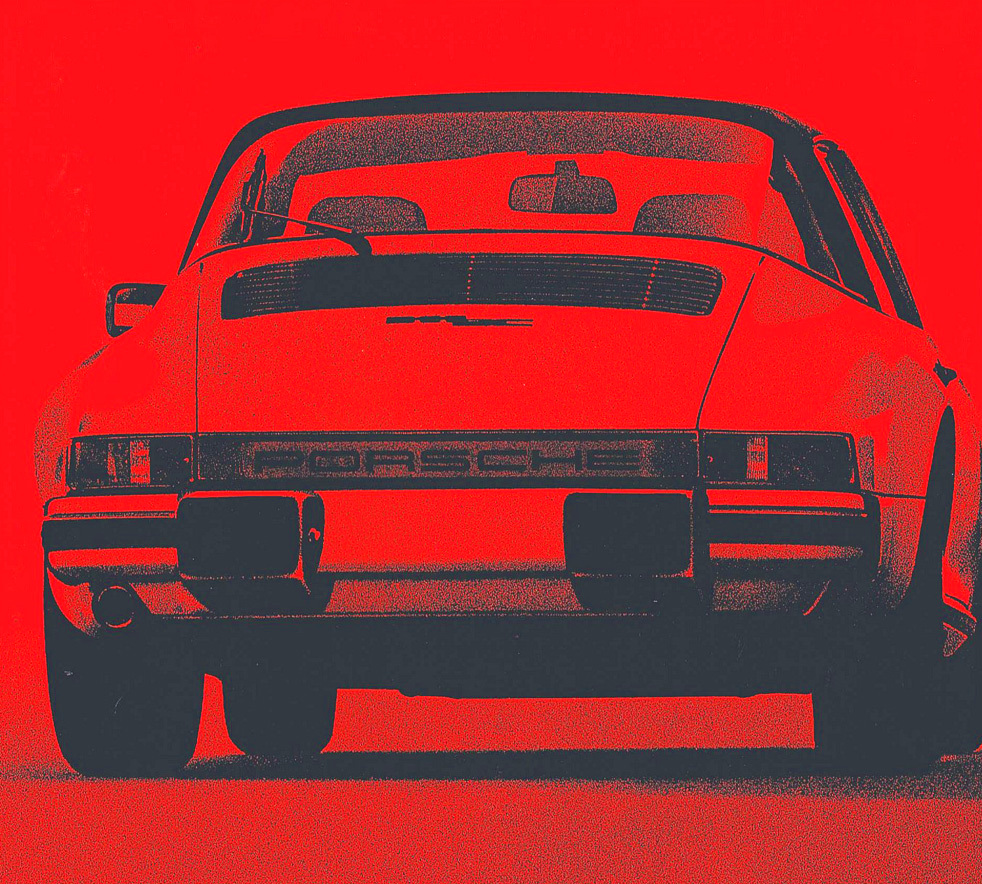
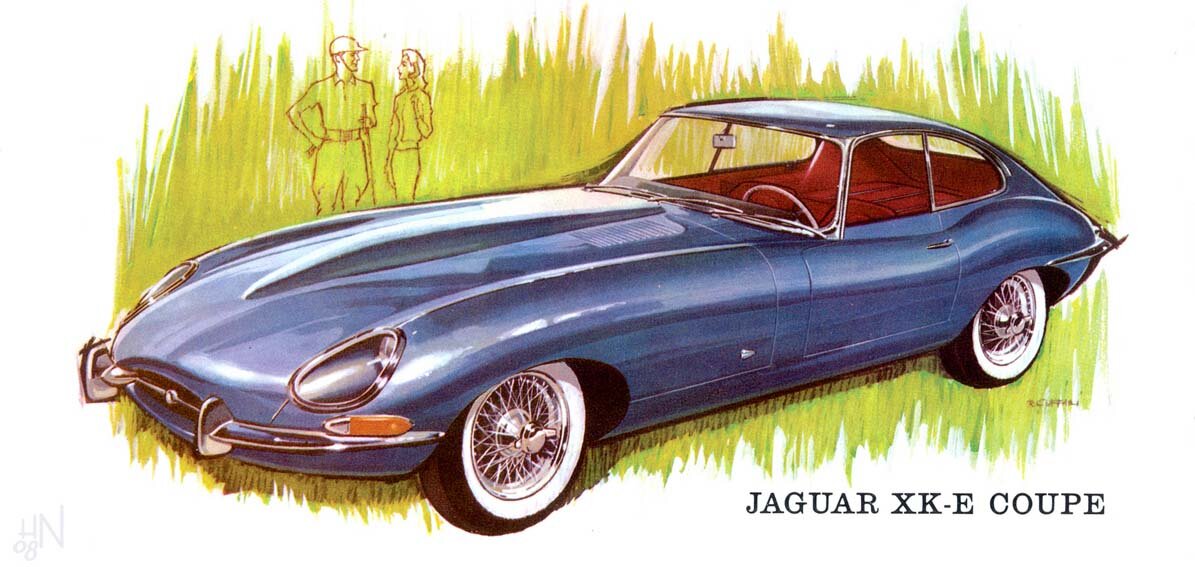
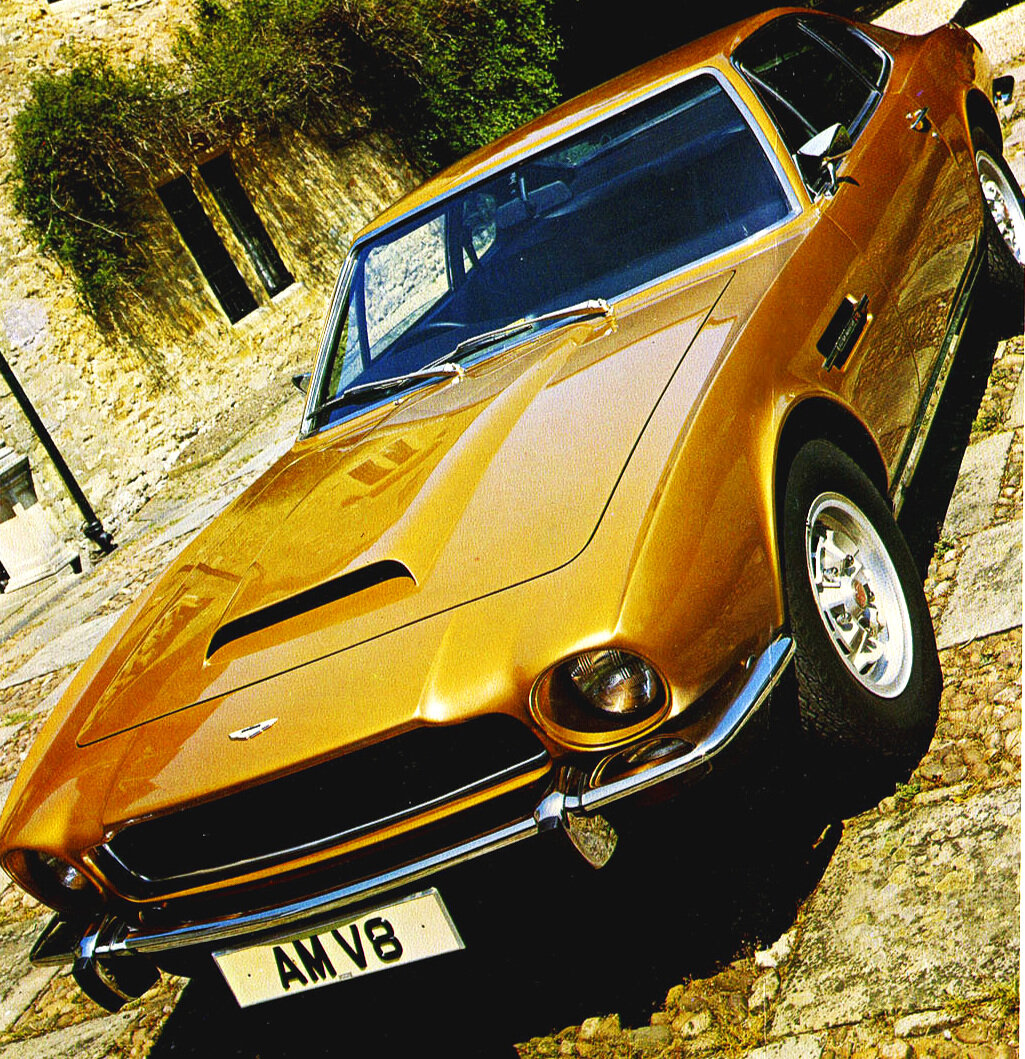
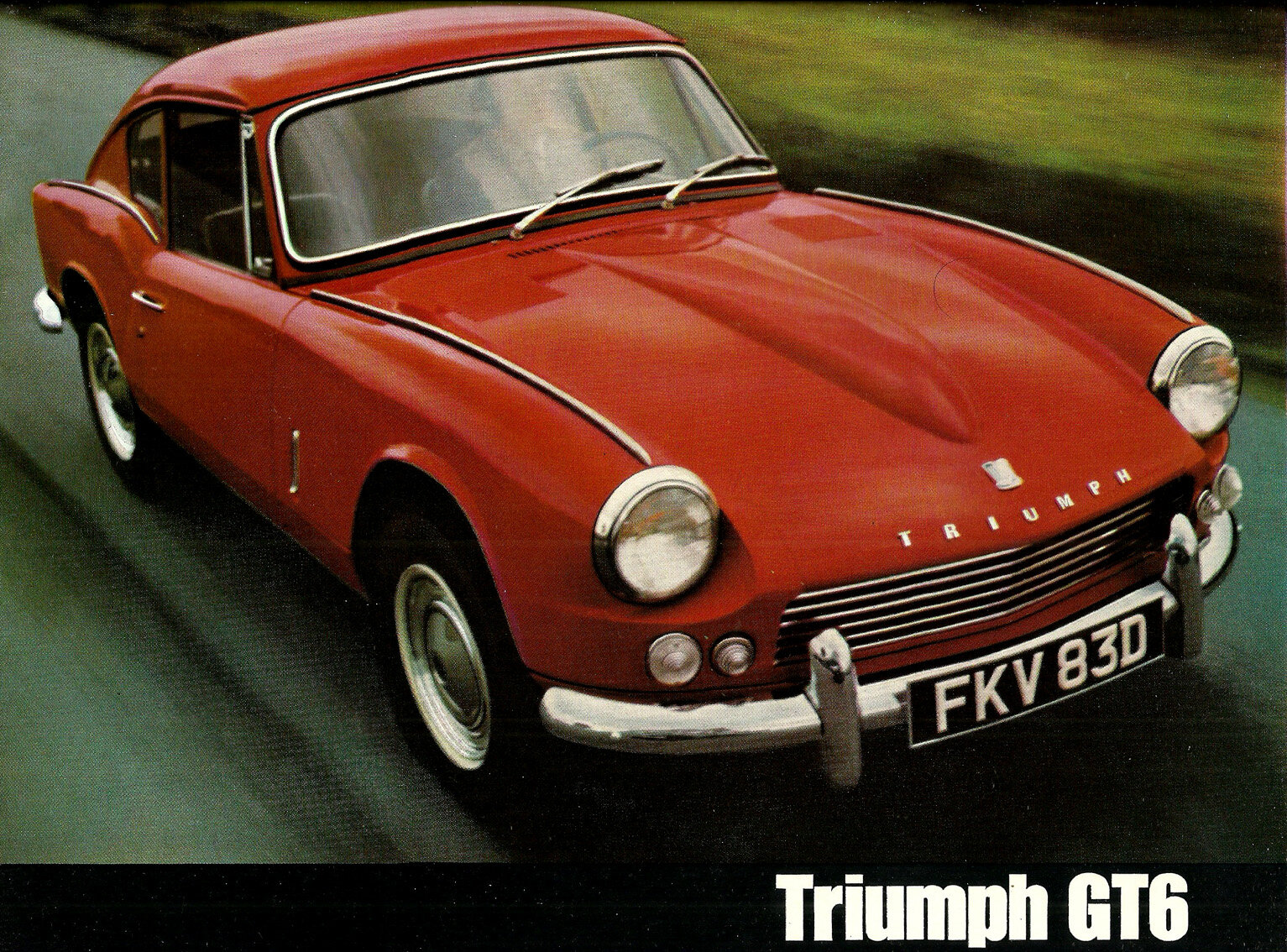
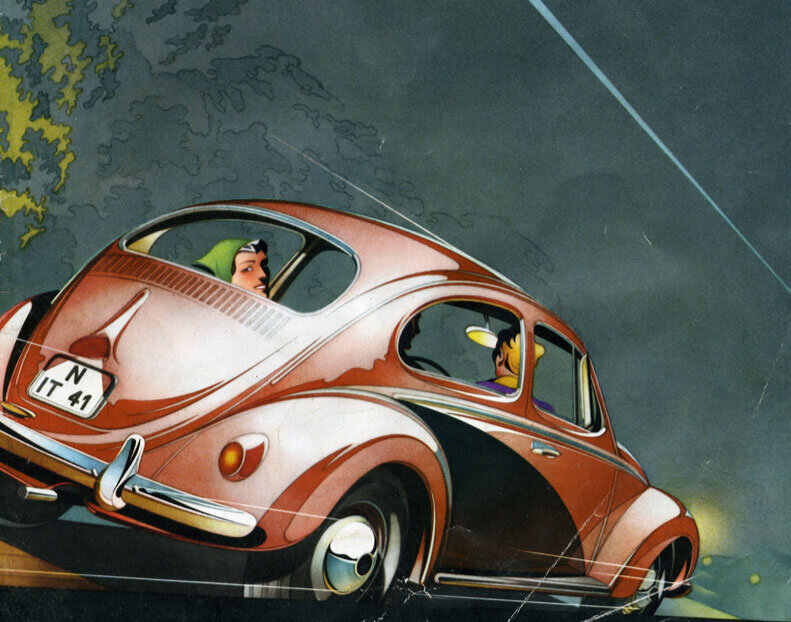
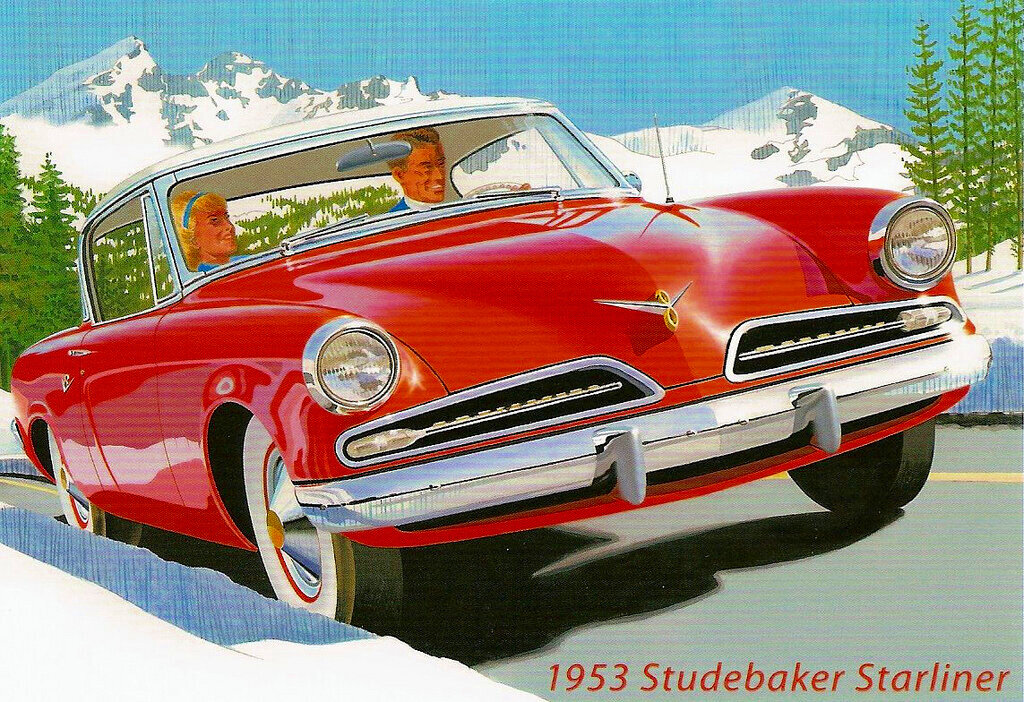
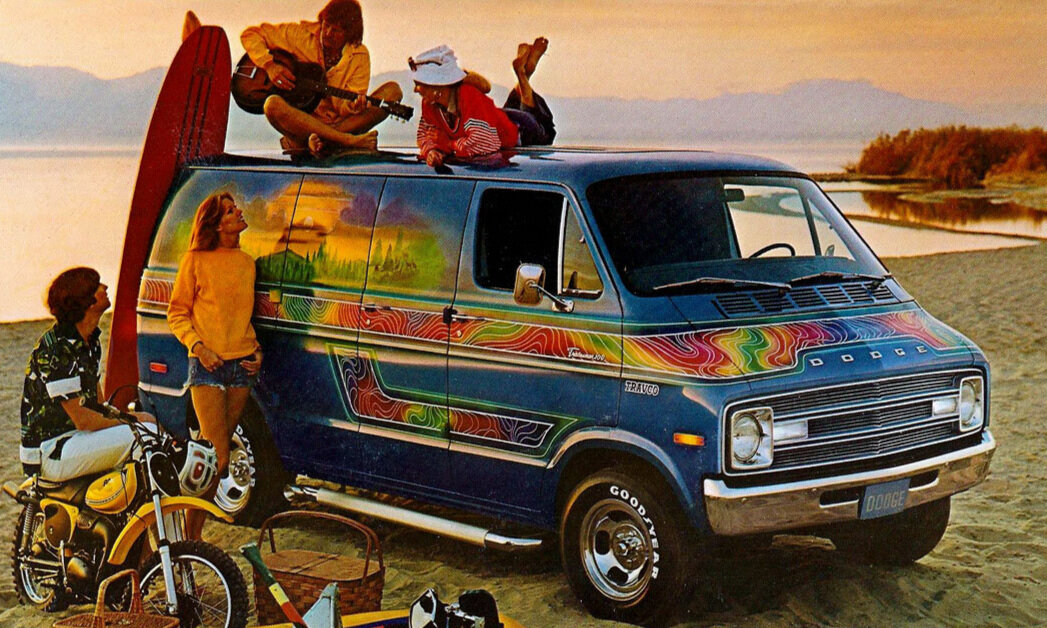

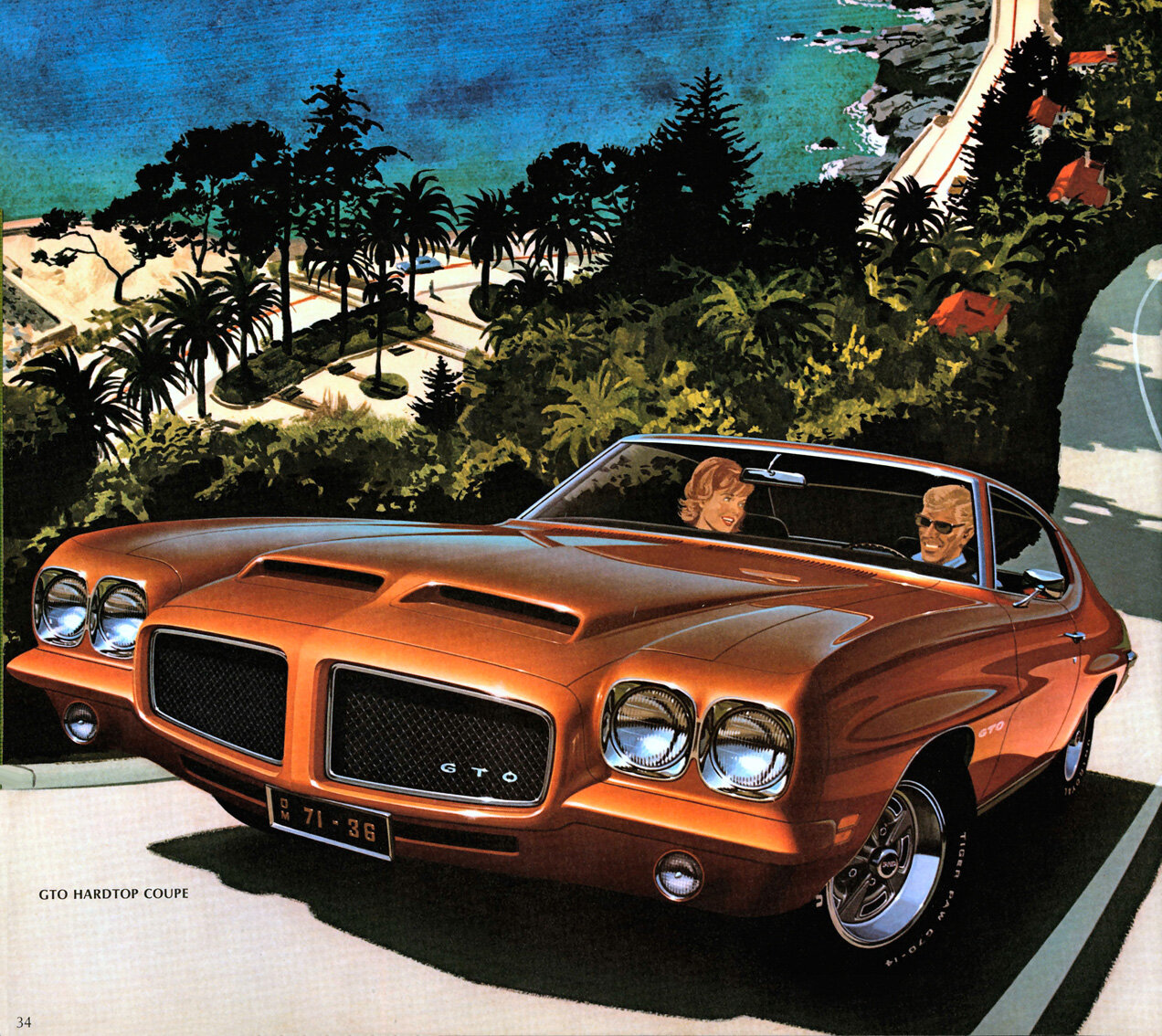
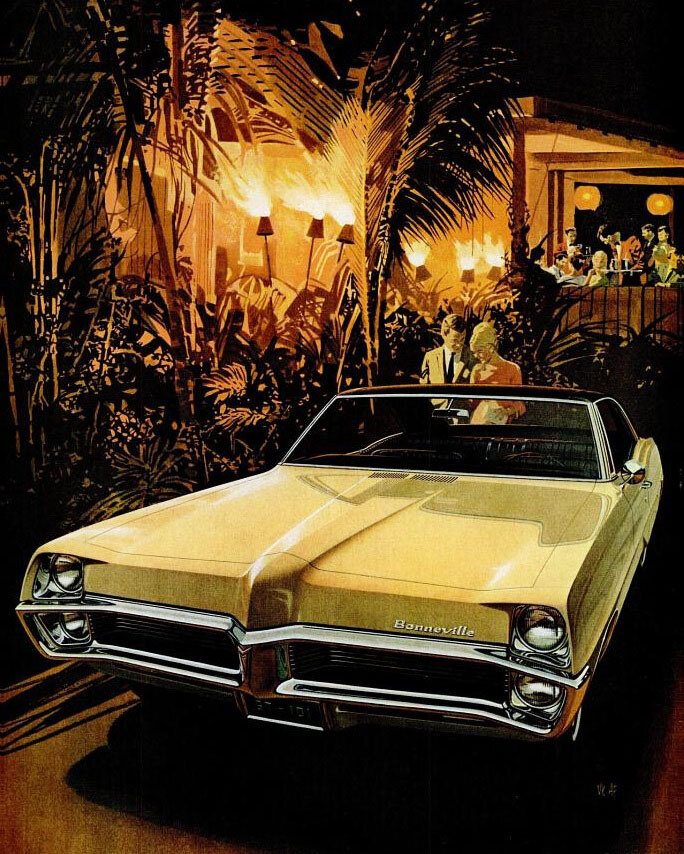
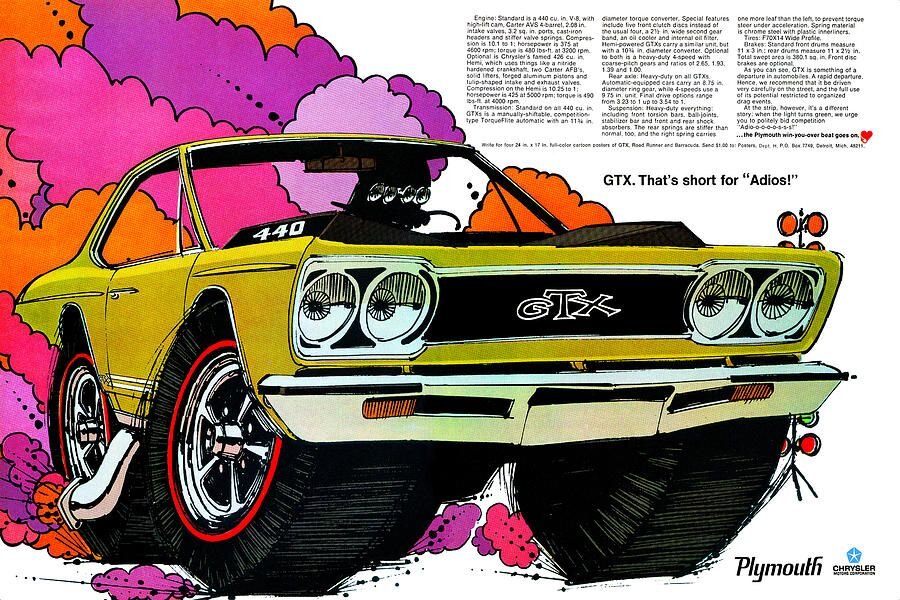
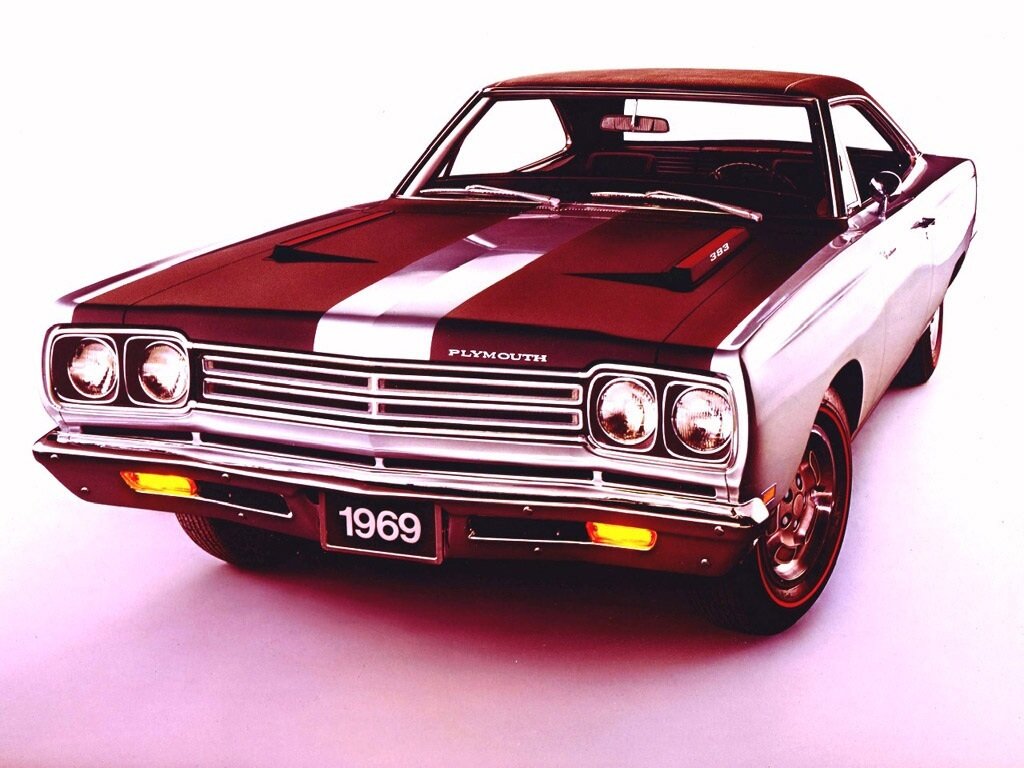
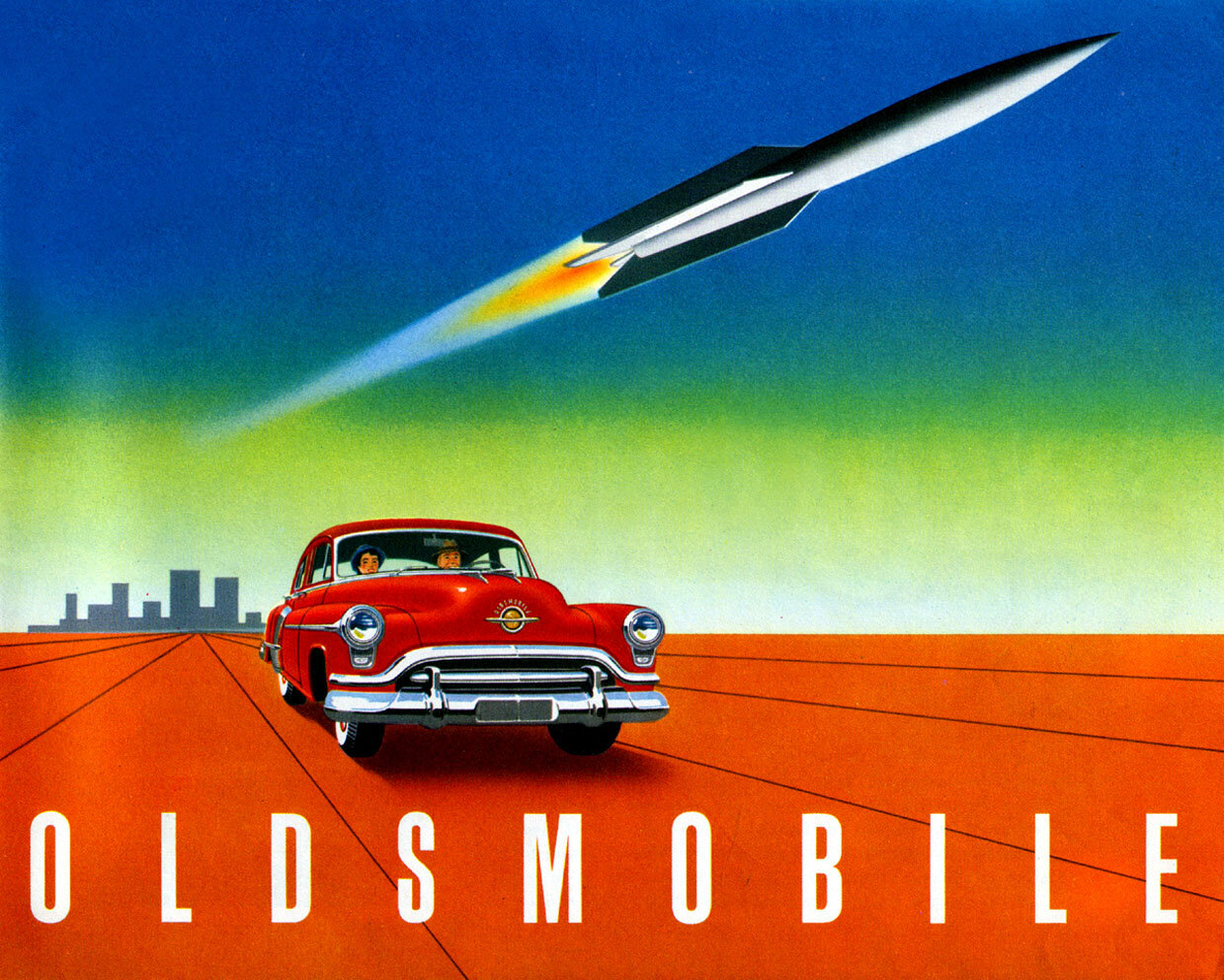
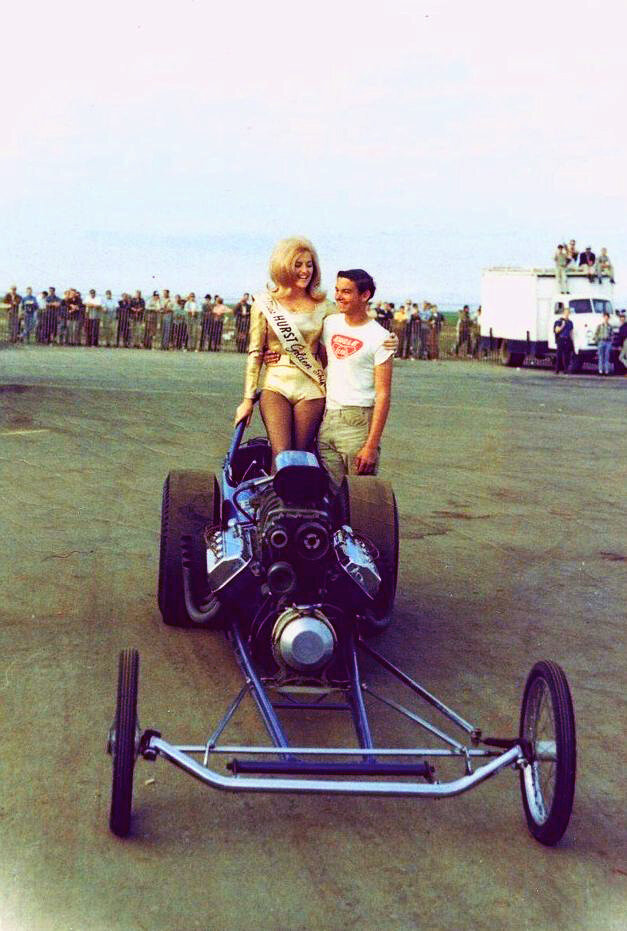

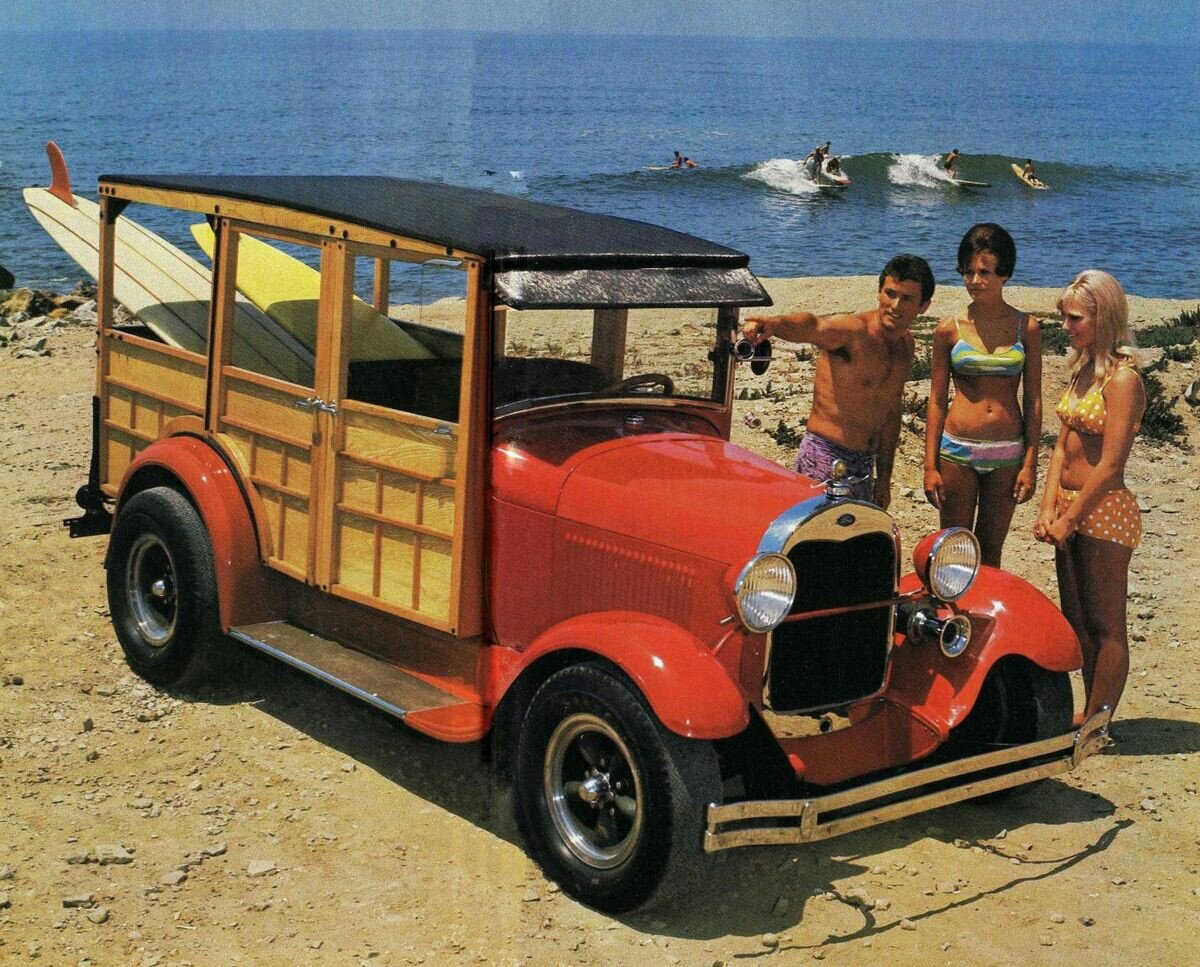

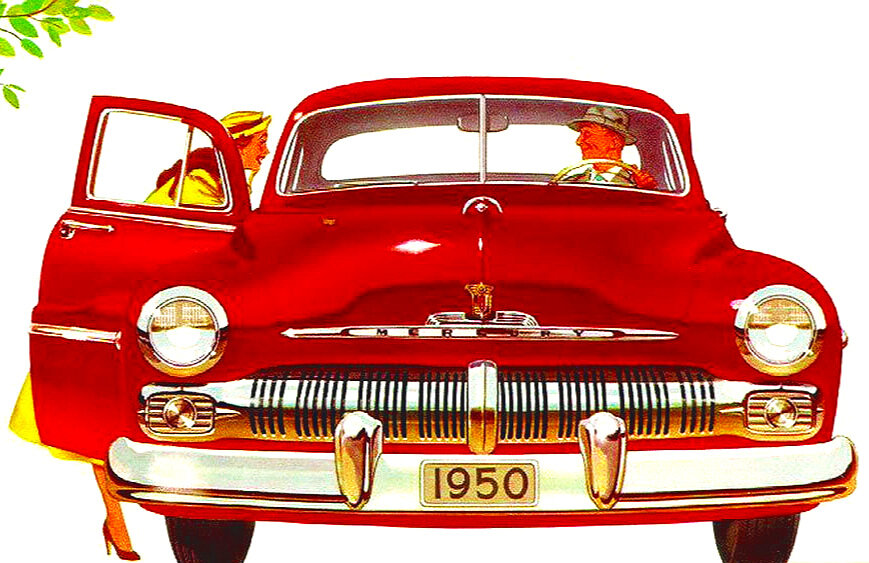
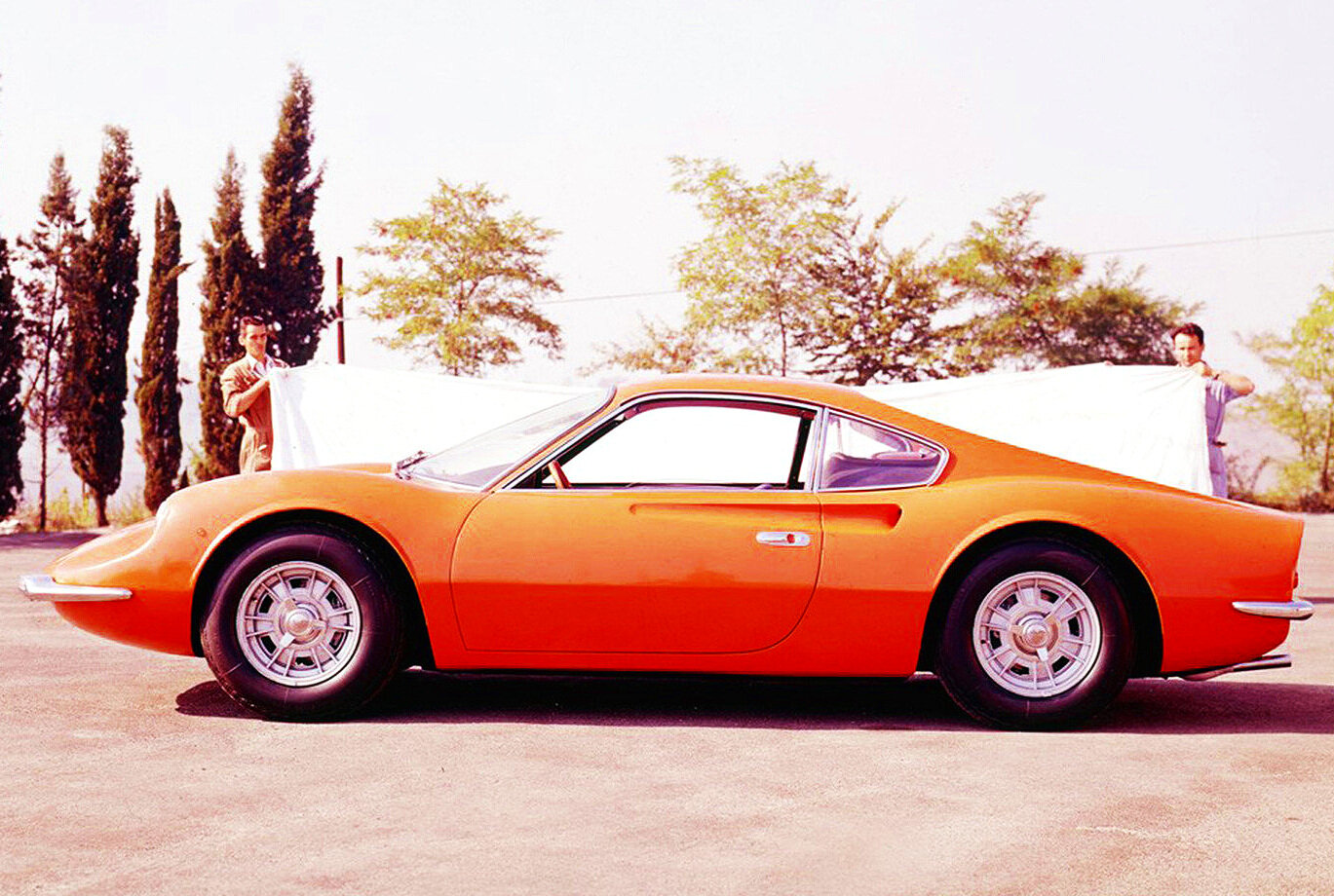
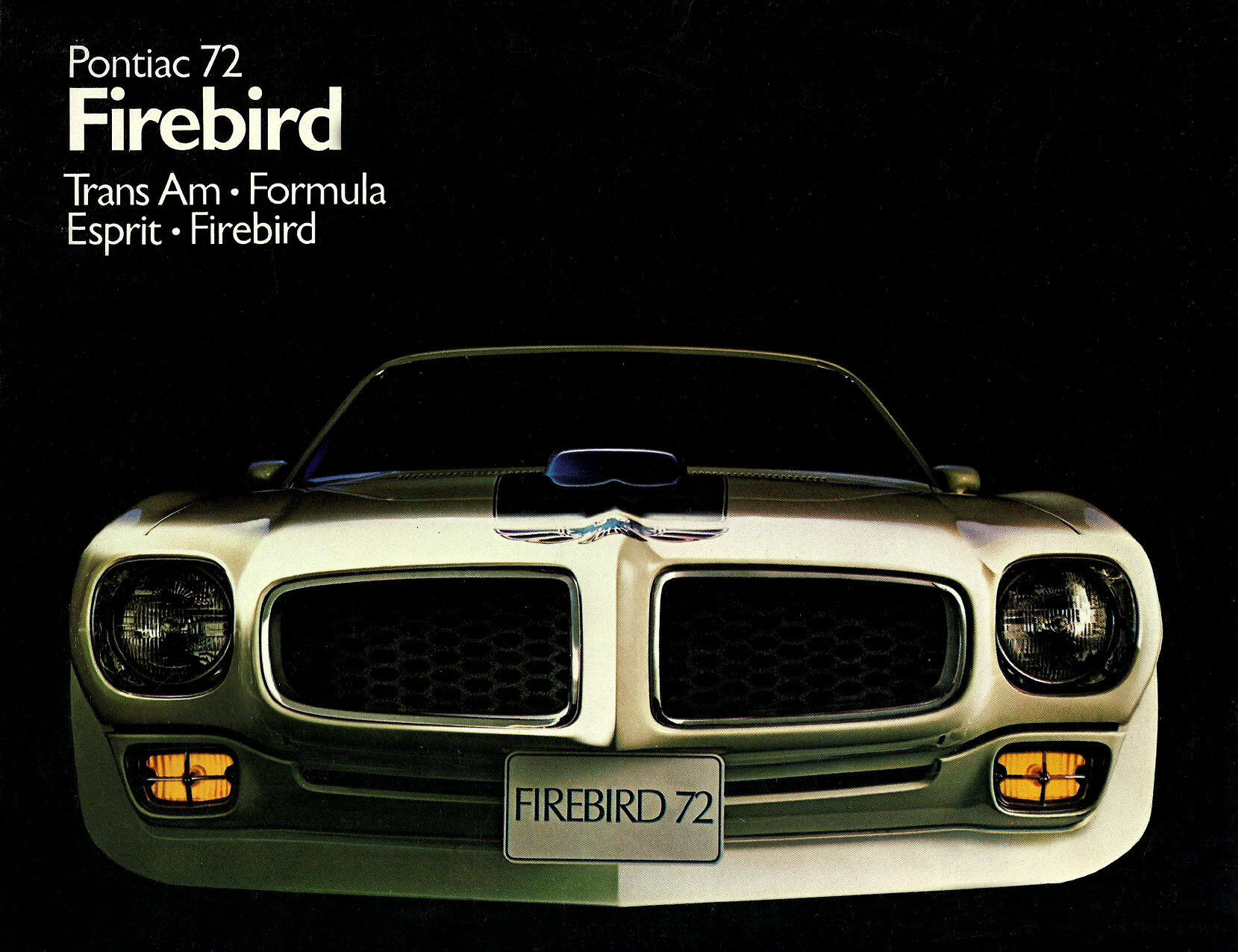
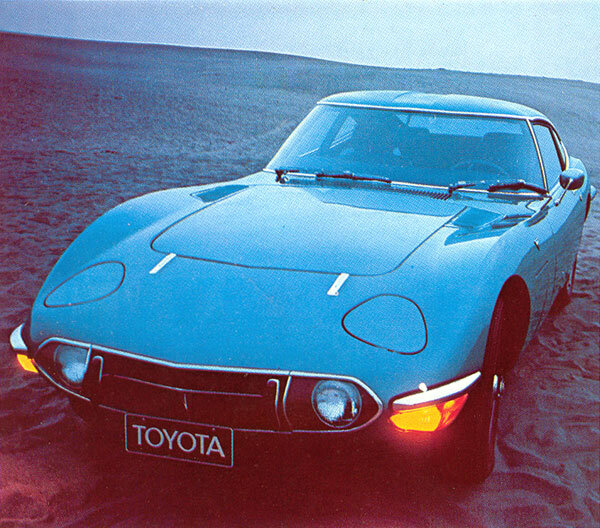
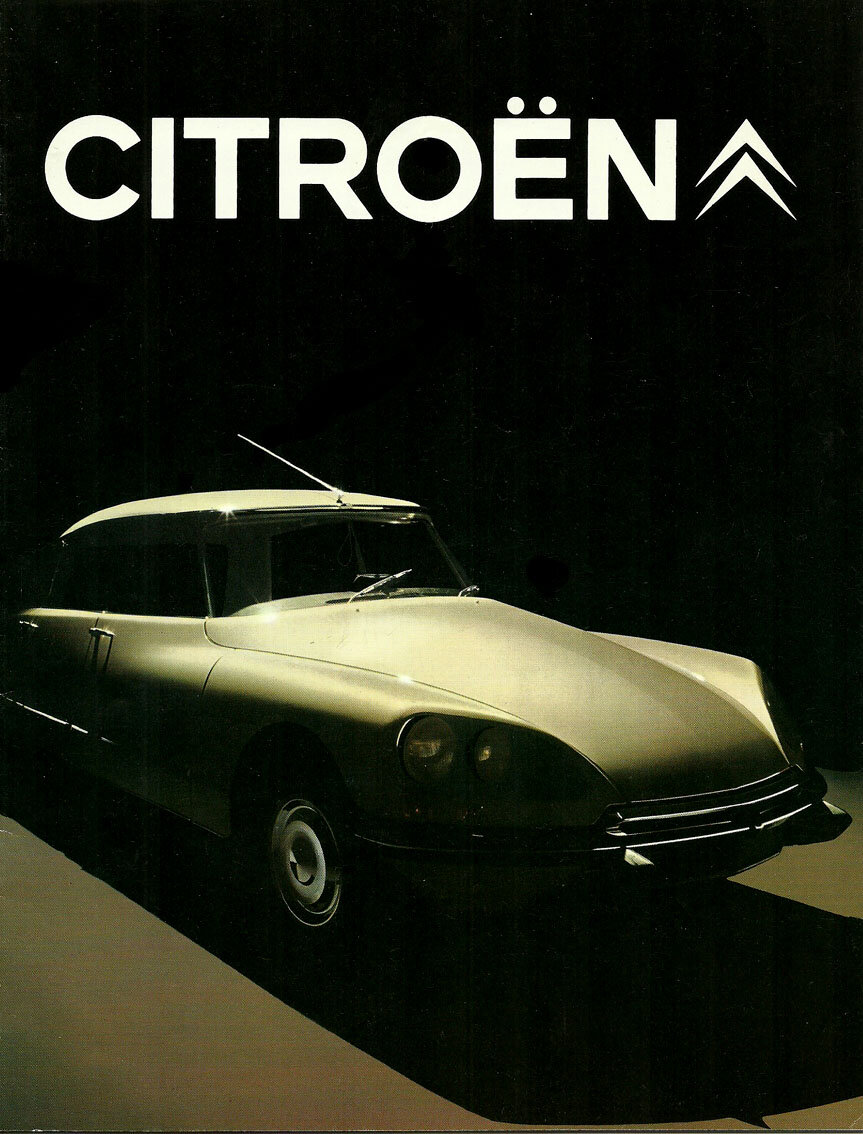
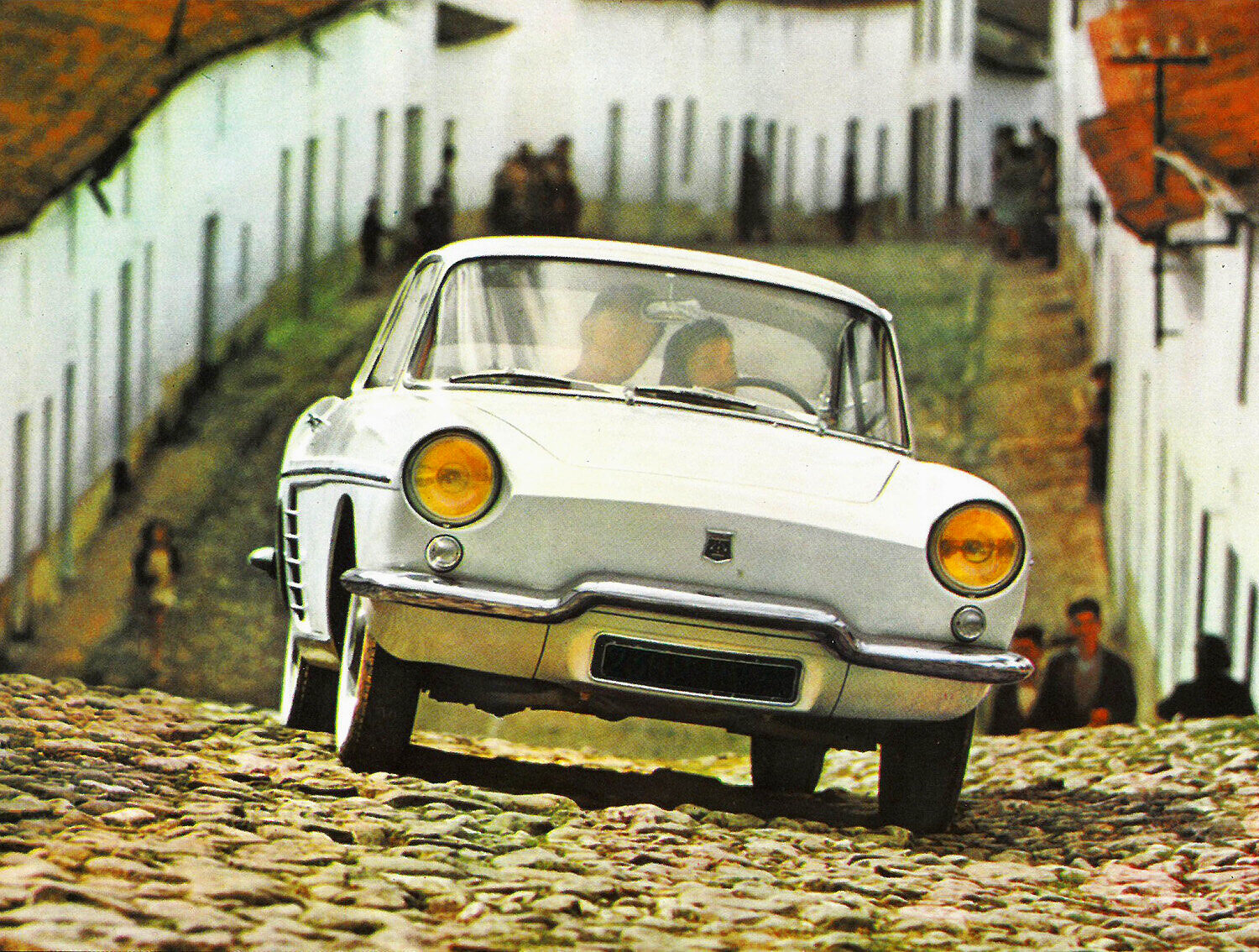

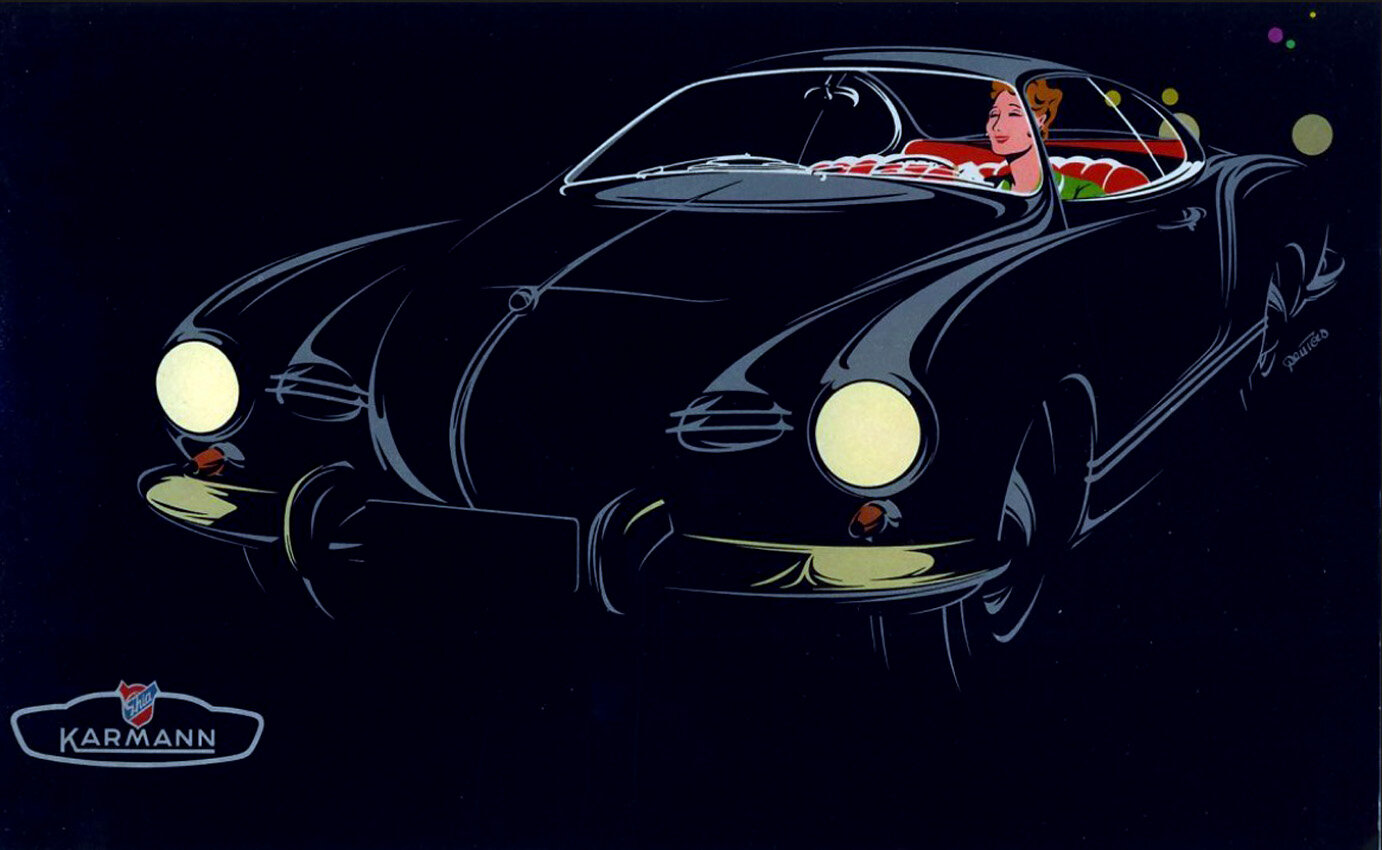

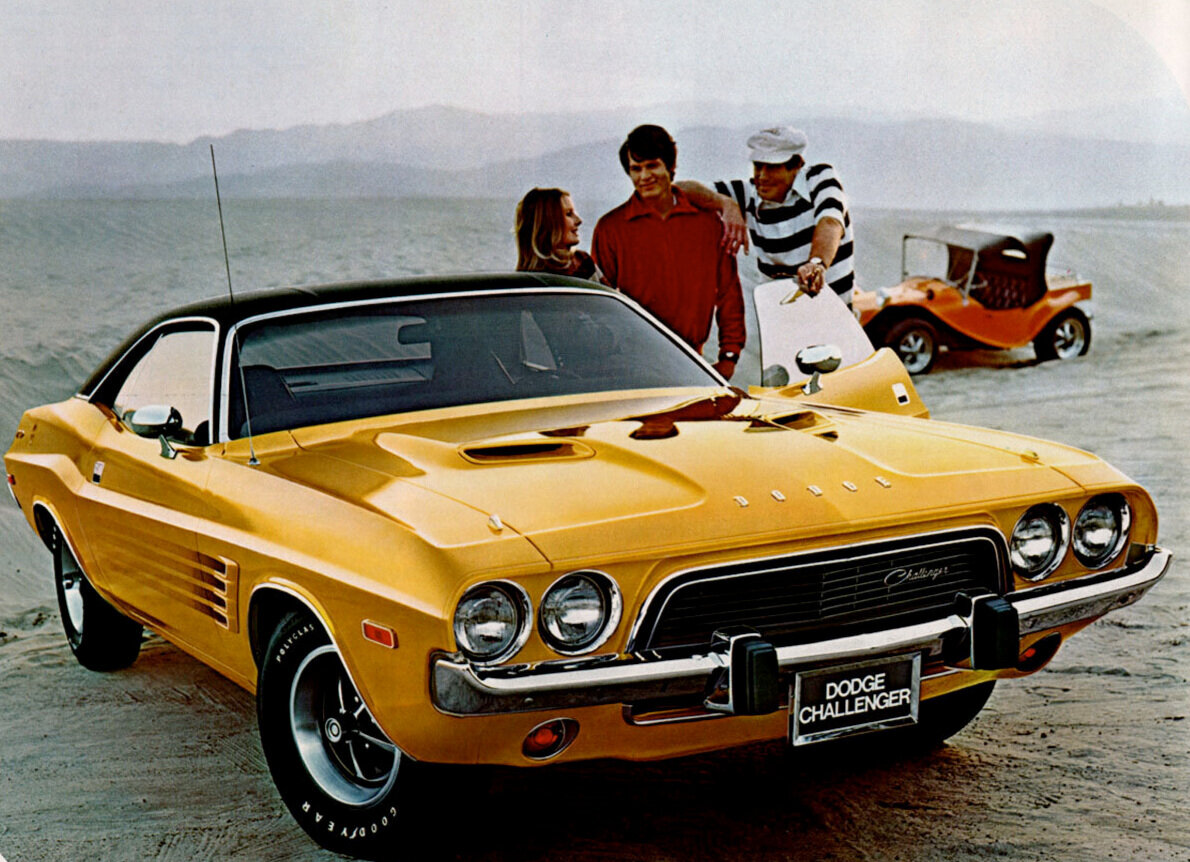


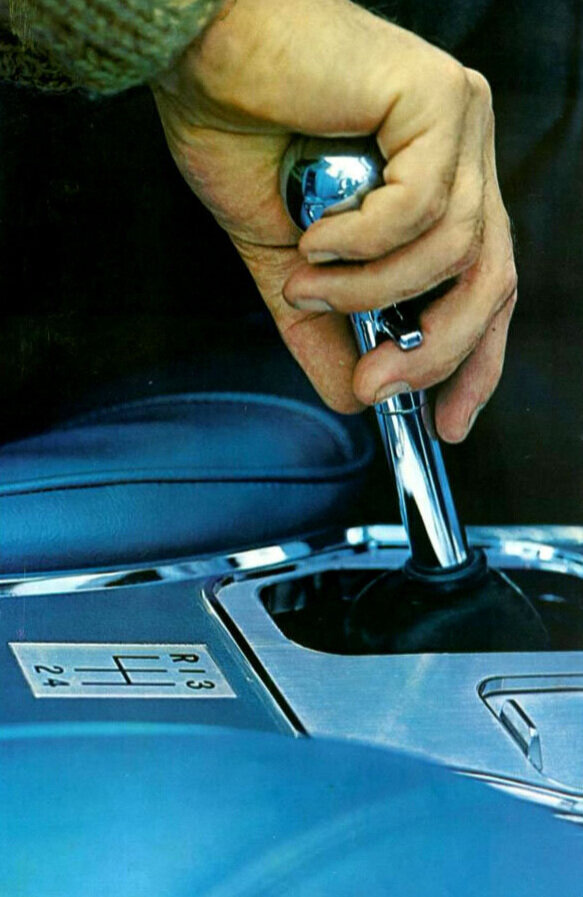
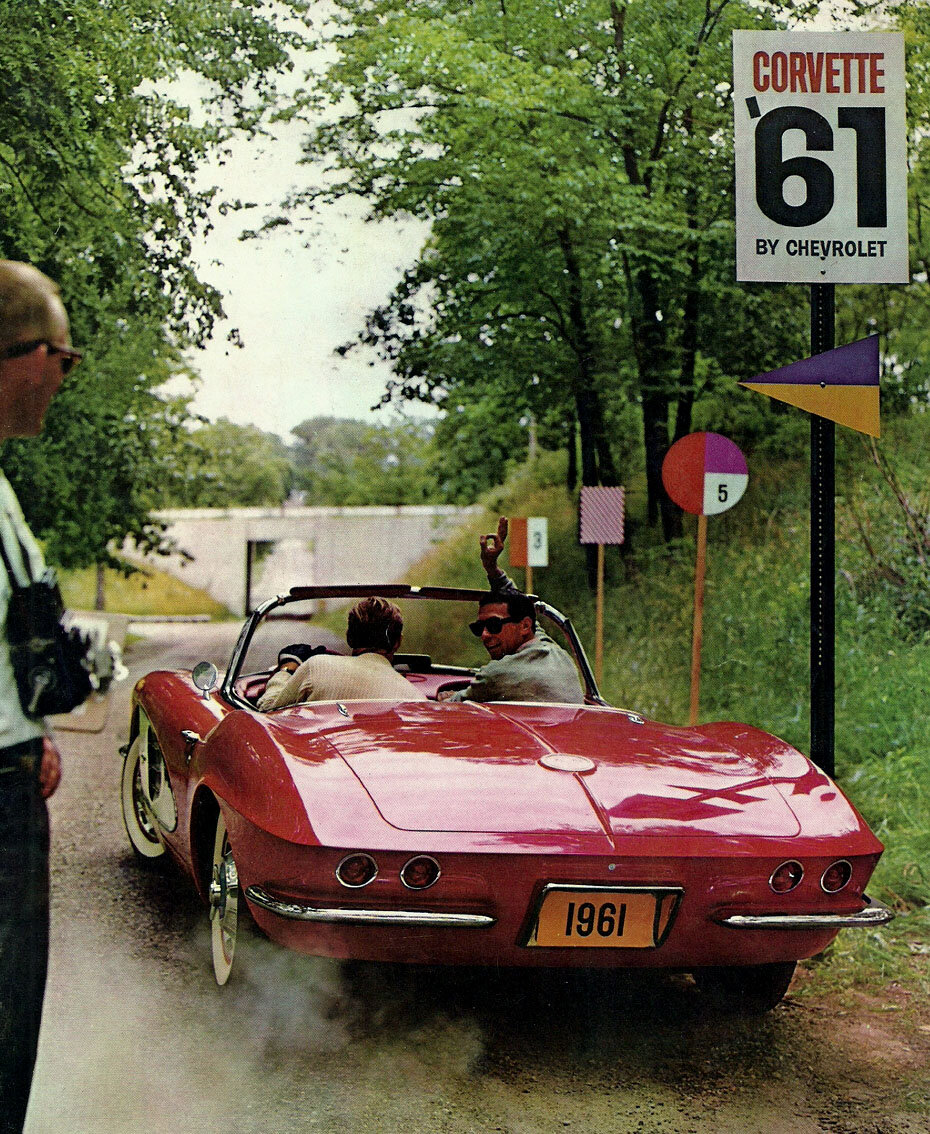
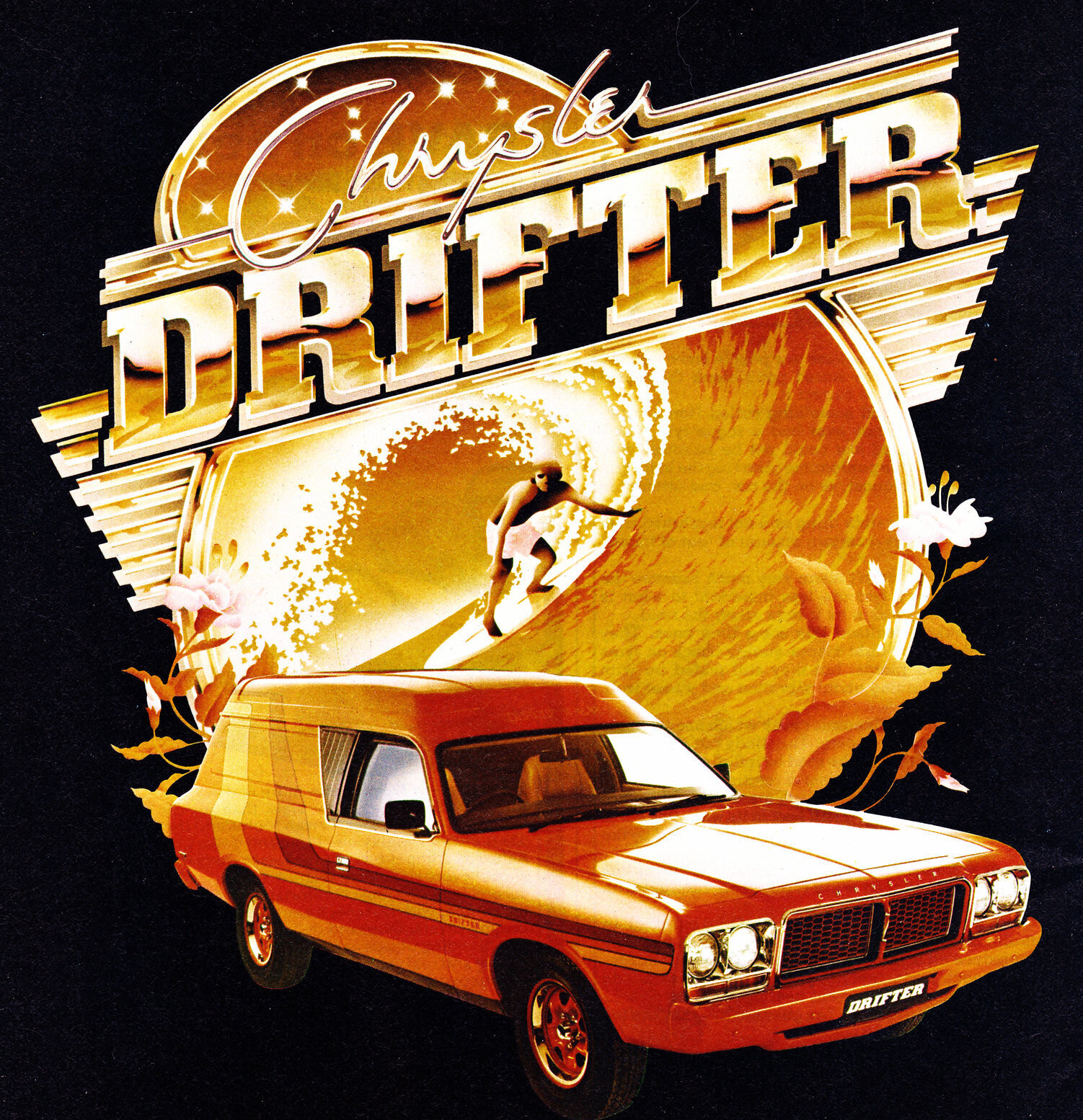

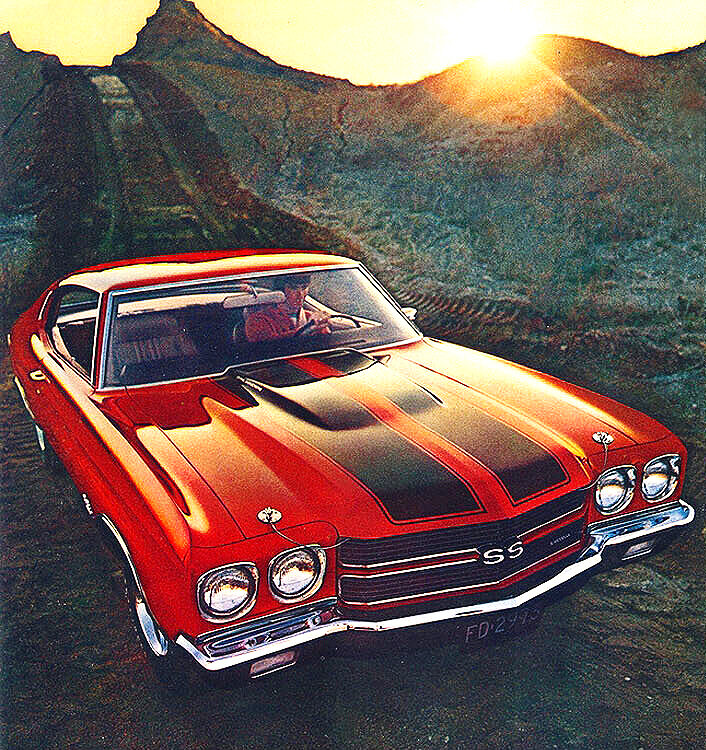
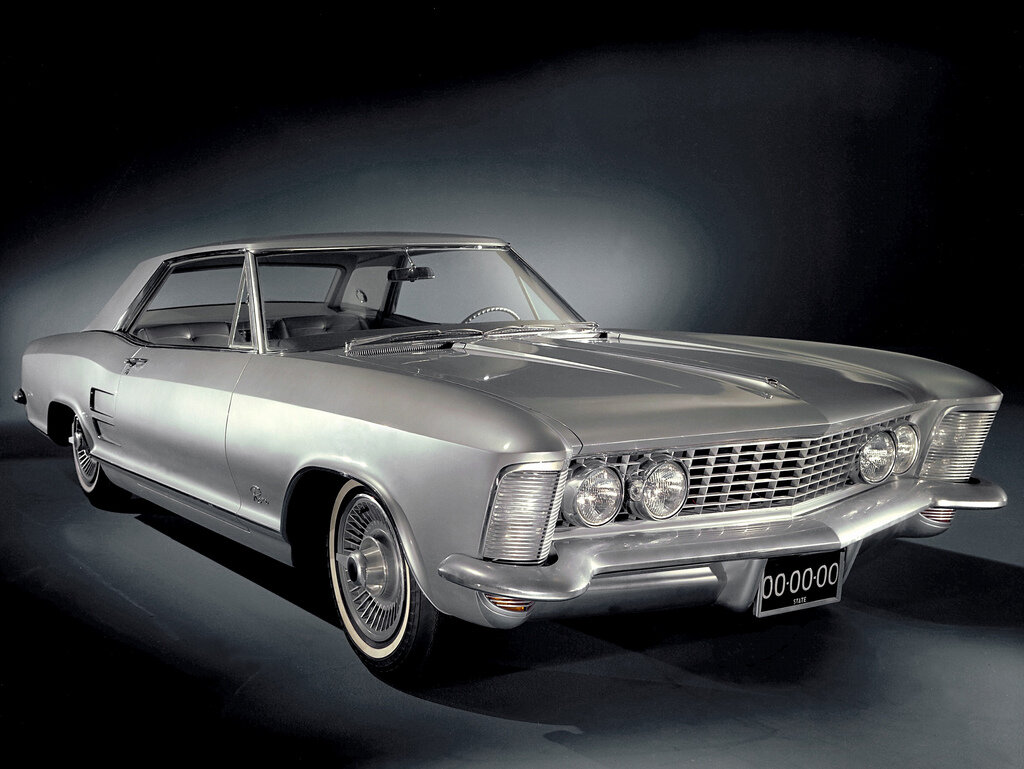
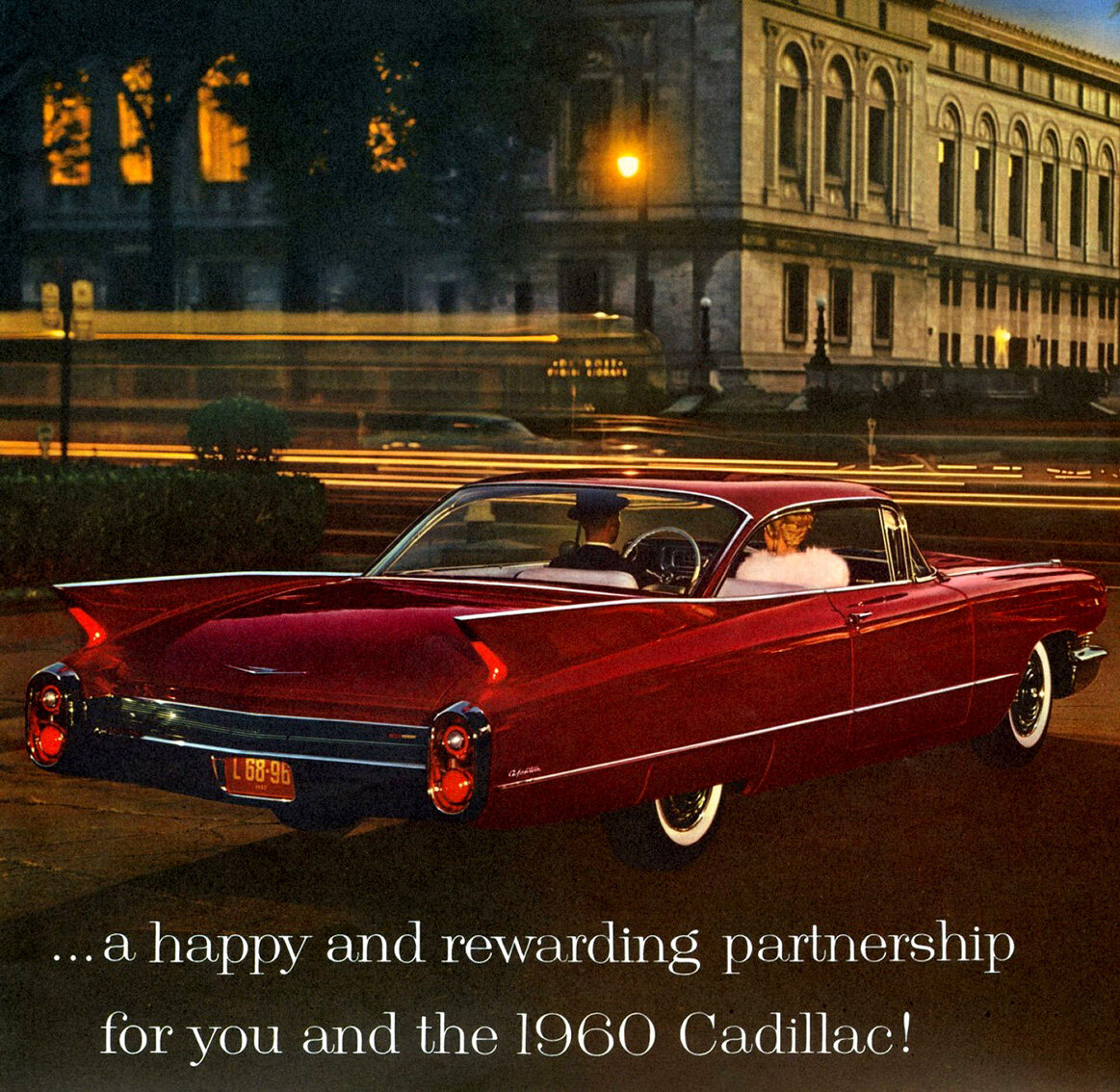









The advertising art of the American custom car and hot rod scene from the 1950s to 1970s, driven by brands like Cragar, Holley, Hurst, Iskendarian, and Schiefer, was a vibrant reflection of a cultural obsession with speed, power, and individuality. Whole industries sprang up around what started out as a youthful past time - drag racing, speed runs on salt flats, and customizing old cars.